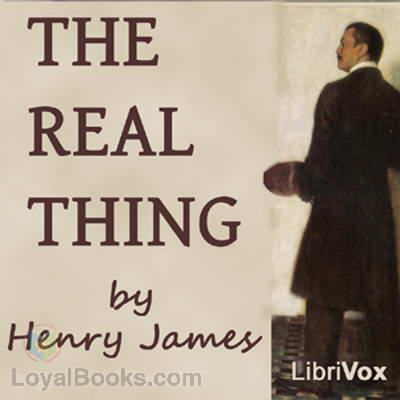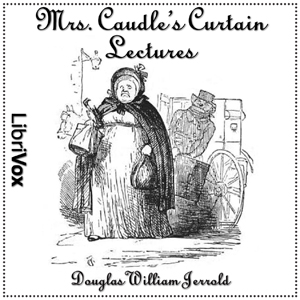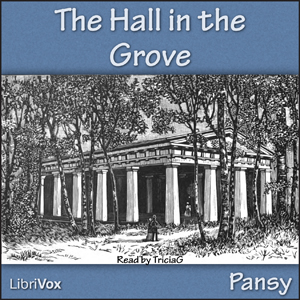Description
By: Rudyard Kipling
I recently finished reading a novel by Rudyard Kipling called The Light that Failed. The story follows the life of a talented artist named Dick Heldar who becomes blinded in a tragic accident. Throughout the novel, readers witness Dick’s struggle to come to terms with his new reality and how it affects his art and relationships.
Kipling does a phenomenal job of portraying the emotional and psychological turmoil that Dick experiences as he grapples with his loss of vision. The author’s vivid descriptions and poignant writing style really bring Dick’s internal struggles to life, making it easy for readers to empathize with his character.
One of the most intriguing aspects of the novel is the exploration of the link between art and identity. Dick’s art is not just a hobby or a career, but a fundamental part of who he is. As he loses his ability to see, he also loses a part of himself, forcing him to redefine his sense of self and purpose.
Overall, The Light that Failed is a beautifully crafted novel that delves into complex themes of identity, loss, and resilience. Kipling’s storytelling is both gripping and heart-wrenching, making it a truly captivating read. I highly recommend this book to anyone looking for a thought-provoking and emotionally resonant story.
Book Description:
This novel, first published in 1890, follows the life of Dick Heldar, a painter. Most of the novel is set in London, but many important events throughout the story occur in Sudan or India. It was made into a 1916 film with Jose Collins and a 1939 film by Paramount starring Ronald Colman.<br
It is a tale of of a man who loves his work, friends and boats and starts in Dick’s childhood, then takes you through his life – the war in Sudan, friends abroad, life in England, his love for Maisie, the obstacles those closest to him meet when a very independent man fights becoming dependant and finally the life changes Dick faces as his eyes fail him.











